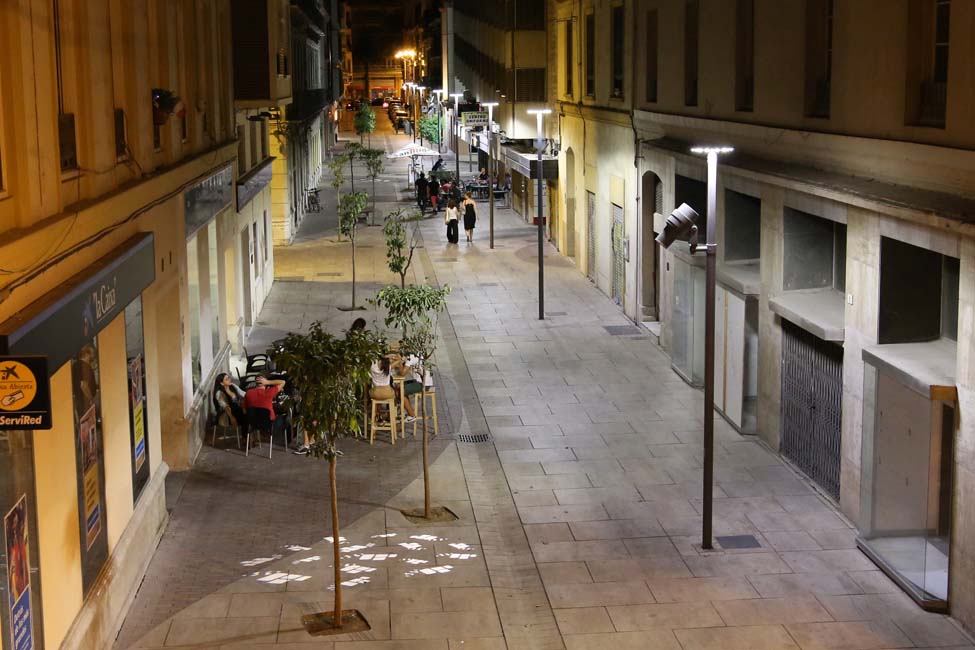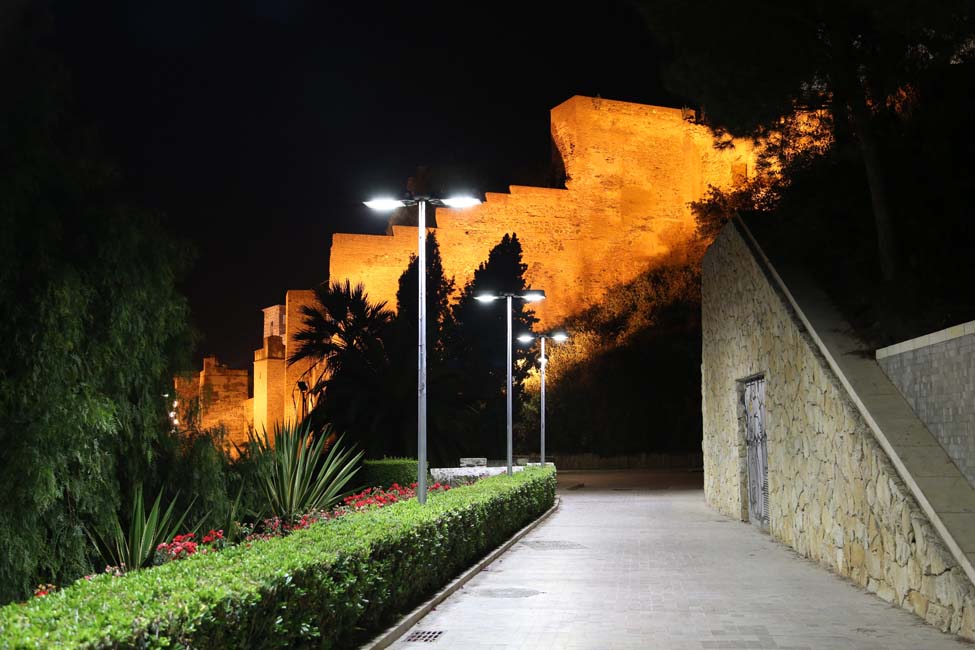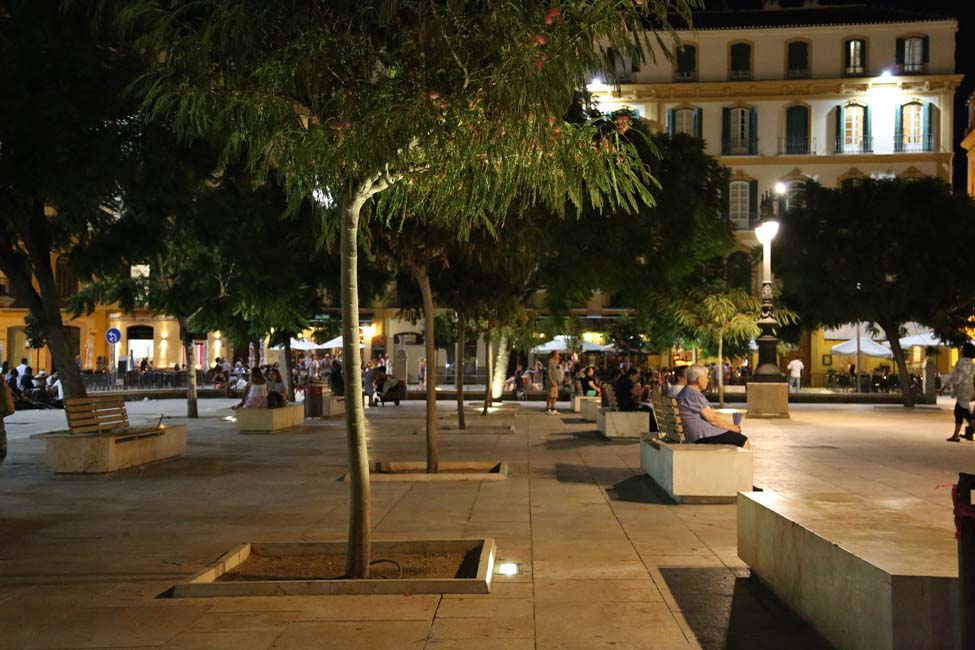Back on site: Malaga
The City of Malaga hosted a LUCI City under Microscope event in 2010 presenting its lighting strategy. Take a look at how the urban lighting projects in the city moved forward after the event.
In October of 2010, LUCI members travelled to Malaga (Spain) for the LUCI City under Microscope. Some of the highlights of the event included the city’s brand new LED test projects, remote-control pilots, and the SmartCity Malaga initiative.
The Municipal Energy Agency of Malaga (MEA) and the Urban Lighting Department of the City of Malaga have been pretty busy since then. The lighting strategy has evolved along two main lines: the drafting of the Malaga lighting masterplan and the initiatives related to its Smart City Malaga project.

Several of the pilot projects visited in 2010 have met with success. La Coracha, with its 30 test LED luminaires in one of the main pedestrian areas near the city centre, was one of the most successful. “This test project, as well as our pilots on remote control, have had an overall positive evaluation that convinced us to begin work on a larger scale. We are now trying to move forward by implementing a remote control lighting system for all of the light points in the city,” explained Jaime Briales, Director of MEA.
Malaga’s smart city strategy also moved forward. In November 2011, the Malaga City Council signed an agreement with Endesa for the development of the Malaga Smart City project. “The main goal is the implementation of a remote control lighting system for all of the 62 000 light points of the city, without necessarily being restricted to a specific and unique company,” said J. Briales.

From 2010 to 2014, Malaga also saw an additional 20 % reduction in energy consumption as compared to 2010 – the result of a € 1.5 million investment in the replacement of lamps and luminaires with a ROI (return on investment) of under two years. “We also implemented a new plan for reducing installed power in lighting installations, leading to a decrease of 5.68 MW and savings of € 1.5 million in a year,” said Manuel Salazar, General Director of Sustainability and Services in Malaga.
On a broader perspective, lighting is now an element that is taken into account from the beginning in all urban projects – previous lighting levels are factored in new projects, as are future maintenance requirements. “We now have more coordination between the various agencies and departments involved, allowing for the development of projects that incorporate lighting as a basic tool,” explained Paula Cerezo Aizpun, Architect in the Urban Planning Department of Malaga.
And what about the regional regulation on light pollution that had come into effect just a few months before the Malaga CM event in 2010? The regulation required municipalities to establish a Zoning Lighting Map as well as a specific plan to reduce light pollution. “Our Zoning Lighting Map as well as its specific strategy is ready to be approved by the City Council in the next few weeks,” said P. Cerezo Aizpun. It divides Malaga’s territory into four different areas according to the maximum power permitted in each, and includes protected areas with very low levels of light.

The city also initiated several new urban lighting projects. It has been rehabilitating key areas, such as Soho Malaga, a former residential area near the city centre, and Plaza de la Merced, one of the main squares in the city. The Historical Cemetery of San Miguel, one of the most important cemeteries in Spain, was re-lit in 2013 with LEDs. “As we wanted to attract night-time visitors, the quality of the colour reproduction was decisive in the choice of LEDs as a light source for the project,” explained Jorge Muñoz Estrada from the Urban Lighting Department of the City of Malaga.
Some major steps forward in urban lighting that certainly merit another visit to Malaga in the years to come!
Images copyright City of Malaga
An edited version of this article originally appeared in Cities & Lighting magazine (Issue #1 , 2014).


